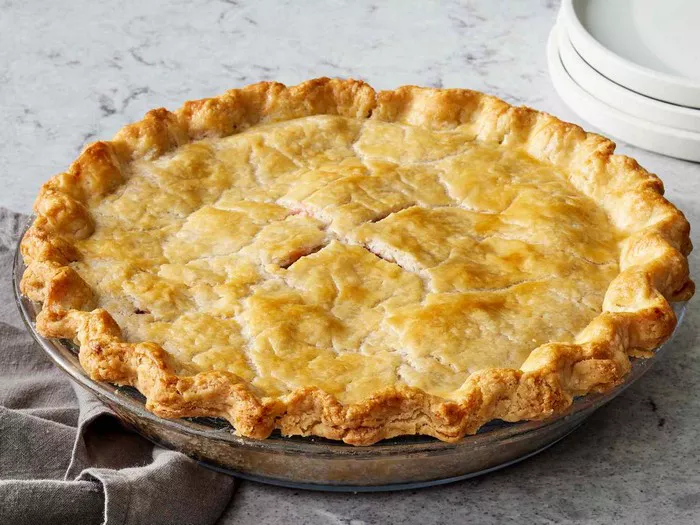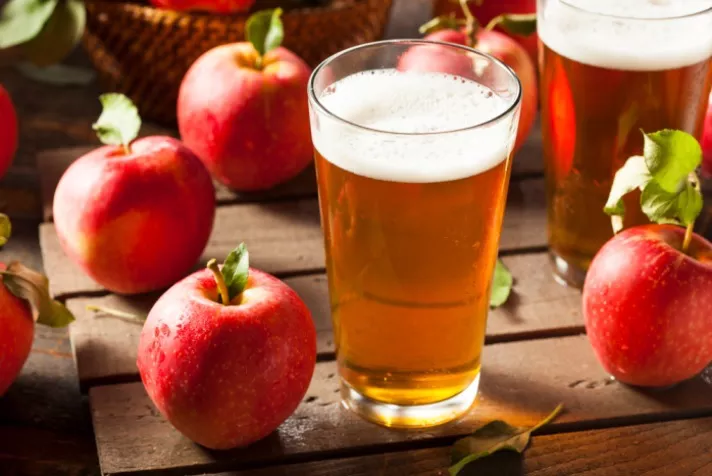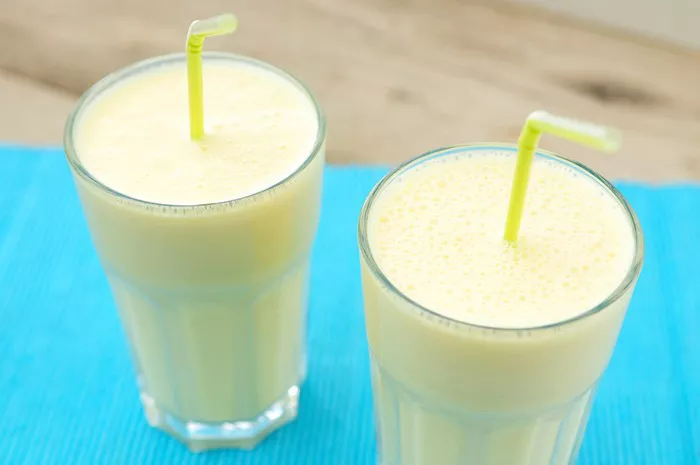Ah, pie crust—the flaky, buttery foundation of countless sweet and savory creations that have graced dinner tables and delighted taste buds for generations. Whether it’s a classic apple pie, a savory quiche, or a decadent pecan pie, the key to a memorable pie lies in its crust.
But what exactly do you need to make a pie crust that’s worthy of a standing ovation? In this culinary escapade, we’ll uncover the essential ingredients, techniques, and tips for crafting the perfect pie crust that will have everyone coming back for seconds.
The Anatomy of a Pie Crust:
Before we delve into the specifics of pie crust ingredients, let’s take a moment to appreciate the magic of pastry dough.
A well-made pie crust consists of just a few simple ingredients: flour, fat, liquid, and salt. When combined in the right proportions and treated with care, these humble ingredients transform into a flaky, tender crust that cradles its filling with finesse and flavor.
From the delicate layers of a classic puff pastry to the sturdy base of a graham cracker crust, the possibilities are endless.
Essential Ingredients for Pie Crust:
1. Flour:
The foundation of any good pie crust is flour, which provides structure and stability to the dough. All-purpose flour is the most commonly used type for pie crusts, but you can also experiment with whole wheat flour, pastry flour, or gluten-free alternatives depending on your dietary preferences.
2. Fat:
Fat is what gives pie crust its signature flakiness and richness. Traditional pie crust recipes call for cold butter or shortening, which are cut into the flour until the mixture resembles coarse crumbs.
However, you can also use other fats such as lard, coconut oil, or even cream cheese for a unique flavor and texture.
3. Liquid:
Liquid is essential for bringing the pie crust dough together and ensuring that it has the right consistency. Ice water is the classic choice for pie crust recipes, as it helps keep the fat cold and prevents it from melting too quickly.
You can also use other liquids such as milk, buttermilk, or even vodka for a flakier crust.
4. Salt:
A pinch of salt is the secret ingredient that enhances the flavor of pie crust and balances out the sweetness of the filling. Don’t skip this step, as even a small amount of salt can make a big difference in the final result.
Optional Ingredients for Flavor and Texture:
While the four essential ingredients listed above are all you need to make a basic pie crust, there are plenty of optional additions you can incorporate to customize the flavor and texture of your dough:
1. Sugar:
Adding a touch of sugar to your pie crust dough can lend a subtle sweetness and golden color to the finished crust. This is particularly common in dessert pies like fruit pies and custard pies.
2. Spices:
Experimenting with spices such as cinnamon, nutmeg, or ginger can infuse your pie crust with warm, aromatic flavors that complement the filling.
Just be mindful of the balance and intensity of the spices so they don’t overpower the other ingredients.
3. Herbs:
For savory pies like quiches or pot pies, consider adding fresh or dried herbs to the dough for a burst of flavor. Thyme, rosemary, and sage are all excellent choices that pair well with a variety of fillings.
4. Citrus Zest:
Grated citrus zest, such as lemon or orange, can add brightness and complexity to your pie crust, especially when paired with fruit fillings or creamy custards.
Techniques for Perfect Pie Crust:
Now that we’ve covered the essential ingredients, let’s explore some key techniques for making the perfect pie crust:
1. Keep it Cold:
Cold ingredients are essential for achieving a flaky, tender crust. Be sure to use cold butter or shortening, ice water, and even chill your flour and mixing bowl before starting.
2. Don’t Overwork the Dough:
Overworking the dough can lead to a tough crust, so handle it as little as possible once the liquid has been added. Aim to mix just until the dough comes together, then stop.
3. Use a Light Touch:
When rolling out the dough, use gentle pressure and avoid stretching or tearing it. Roll from the center outwards in all directions to ensure an even thickness.
4. Chill Before Baking:
After shaping the dough into a crust, chill it in the refrigerator for at least 30 minutes before baking. This helps relax the gluten and prevents the crust from shrinking or becoming misshapen during baking.
Conclusion:
Making a pie crust that’s worthy of applause requires just a few simple ingredients, a bit of patience, and a whole lot of love. By mastering the essentials of flour, fat, liquid, and salt, and experimenting with optional additions for flavor and texture, you can create a crust that’s as unique and delicious as the filling it holds.


























